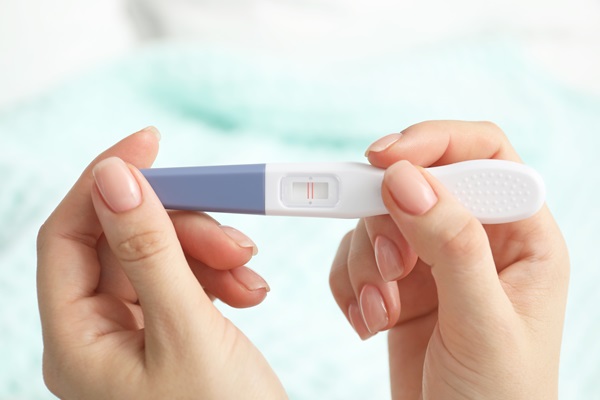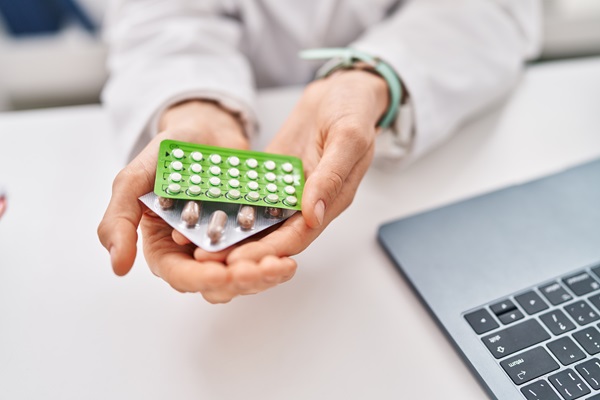What Is a Screening Mammogram?

Diagnostic and screening mammogram are an important tool in diagnosing breast cancer. By taking an X-ray of the breast (i.e., a mammogram), primary care physicians can detect tumors and calcium deposits (microcalcifications). This article will cover screening mammograms, why someone may need one, and what to expect when receiving one.
Diagnostic vs. screening mammograms
The primary difference between diagnostic and screening mammograms is why a patient may need one. A screening mammogram is necessary when the patient has not experienced any signs of breast cancer; it is a preventative health screening. The goal is to find cancer in its earliest stages because treatment will be easier and more effective. In some cases, it is possible to treat breast cancer before the patient experiences any pain or discomfort.
The most common symptoms of breast cancer include breast pain, lumps in the breast, changes in breast size or shape, changes in the thickness of the breast’s skin, and nipple discharge. A diagnostic mammogram will be necessary if a patient notices these symptoms or the physician notices any abnormalities in the screening mammogram. These are comprehensive, as the medical provider will take X-rays at various angles to get a clearer picture. The physician will take X-rays from only two angles in a screening mammogram.
When a screening mammogram is recommended
The recommendations for screening mammograms vary by age and risk factor. According to the American Cancer Society, patients between the ages of 40 and 54 should get screened for breast cancer once annually because they are at an average risk. Screenings may be scheduled once every two years, starting at 55 years of age.
However, if a patient has a family history of breast cancer, a physician may recommend screening as early as 10 years before the age of a relative's diagnosis. For example, if one's mother was diagnosed with breast cancer at 45, then it may be wise to start getting screening mammograms as young as 35.
Are there any risks?
Many patients express concern with the radiation emitted during X-rays. However, the level of radiation emitted during screening mammograms is minimal. The benefits of early detection of breast cancer far outweigh the minimal radiation exposure.
Other risks include the potential for false negatives and false positives. In a false negative, the screening mammogram will come back clear, failing to detect the presence of breast cancer. According to the National Cancer Institute, about one in five screening mammograms report false-negative results. A false positive, on the other hand, is when the screening mammogram comes back abnormal despite the absence of breast cancer. A secondary test will be ordered (usually, this is a diagnostic mammogram, but it could also be an ultrasound or biopsy) to determine whether the abnormality indicates cancer.
Schedule a comprehensive breast exam
Screening mammograms should be integrated into one’s routine health checkup starting at age 40. In some cases, it can help to start screening for breast cancer earlier. Call our office to schedule a breast exam and mammogram.
Request an appointment here: https://hillendale.millenniummedicalcare.com or call Millennium Medical Care Woodbridge at (703) 945-1942 for an appointment in our Woodbridge office.
Check out what others are saying about our services on Yelp: Screening Mammogram in Woodbridge, VA.
Recent Posts
Pregnancy testing gives patients certainty about whether they are expecting. If unsure, an urgent care or primary care provider can administer these tests with a smaller margin of error than over-the-counter pregnancy tests. Although the process is straightforward, it is normal to have questions heading into the appointment. Exploring the answers to some of the…
Birth control contains hormones that can serve as contraception, acne treatment, or help manage conditions like endometriosis and PCOS. No matter the reason you are searching for “birth control near me,” you likely have several options to sift through. Knowing the basics of each option and its efficacy can help you narrow down the search…
Urgent care clinics are healthcare facilities that treat immediate medical needs. Sometimes, people have medical issues that, while not emergencies, still need to be addressed right away. An urgent care is the place to go when a nonemergency medical need arises that cannot wait for an appointment.These facilities fill the gap between one’s regular doctor…
People typically start to notice advertisements for the flu shot as flu season approaches, but it is common for many to brush off this recommendation if they are young or feel healthy. However, the flu shot is a vital part of a comprehensive health plan — and anyone, young or old, can be a good…


